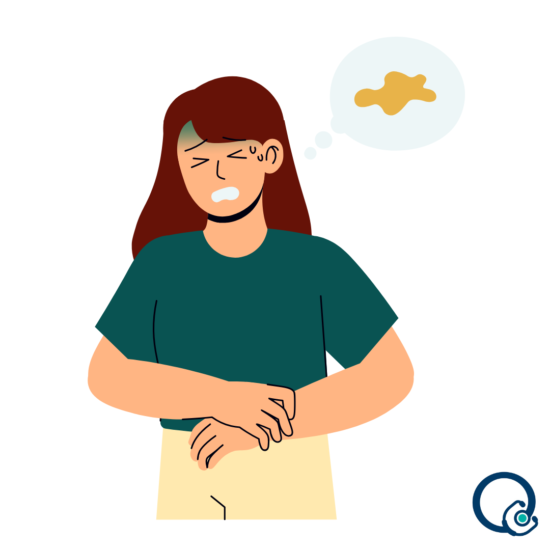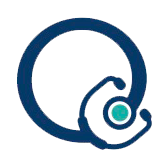Cholera and LT-producing ETEC Diarrhoea
What are Cholera and LT-producing ETEC Diarrhoea and How Can I Prevent them?
Protection and Prophylaxis
Cholera and LT-producing ETEC Diarrhoea
What is Cholera?
Cholera is an acute diarrhoeal infection caused by ingestion of food or water contaminated with the bacterium Vibrio Cholerae (V. cholerae). Cholera can cause severe acute watery diarrhoea and the severe forms of the disease can kill within hours if left untreated.

How Common is Cholera?
Researchers have estimated that each year there are 1.3 to 4.0 million cases of cholera, and 21 000 to 143 000 deaths worldwide due to cholera. Most of those infected have no or mild symptoms and can be successfully treated with oral rehydration solution.
What the Symptoms of Cholera?
Most people infected with V. cholerae do not develop any symptoms, although the bacteria are present in their faeces for 1–10 days after infection and are shed back into the environment, potentially infecting other people.
Among people who develop symptoms, the majority have mild or moderate symptoms. It takes between 12 hours and 5 days for a person to show symptoms. A minority of patients develop acute watery diarrhoea with severe dehydration. This can lead to death if left untreated.
What is LT-producing ETEC Diarrhoea?
Enterotoxigenic Escherichia coli (ETEC) is transmitted by eating food or drinking water that is contaminated with enterotoxin strains of E. coli from human or animal faeces. Infection with LT-producing ETEC can cause profuse watery diarrhoea. Exposure to heat‐labile toxin (LT) produces a high rate of seroconversion.
How Common is LT-producing ETEC Diarrhoea?
Enterotoxigenic Escherichia coli (ETEC) is the most common major enteric pathogen accounting for diarrhoea occurring in global travellers. ETEC infection is caused by ingestion of contaminated food and water. It enters through the gastrointestinal tract and colonises in the small intestine.
What the Symptoms of LT-producing ETEC Diarrhoea?
The diarrheal disease caused by ETEC is characterized by a rapid onset of watery, non-bloody diarrhoea of considerable volume, accompanied by little or no fever, leading to rapid dehydration. Other common symptoms are abdominal pain, malaise, nausea, and vomiting.
Can Cholera and LT-producing ETEC Diarrhoea be prevented?
A multifaceted approach is key to control cholera and LT-producing ETEC Diarrhoea, and to reduce deaths. A combination of surveillance, water, sanitation and hygiene, treatment, and oral vaccines are used. At QuickDoc we offer prescriptions for the oral vaccine Dukoral ®.
What is Dukoral ®?
DUKORAL® (Oral, Inactivated Cholera and LT-producing ETEC Diarrhea Vaccine) is indicated for the prevention of and protection against cholera and diarrhoea caused by heat-labile toxin producing enterotoxigenic Escherichia coli (LT-producing ETEC).
What is my dose of Dukoral ®?
The usual dose that our Doctors recommend of Dukoral® to achieve sufficient immunisation are two oral doses. The first dose needs to be at least 2 weeks before departure. The second dose should be at least one week after the first dose and at least one week before departure. Protection against Cholera and LT-producing ETEC Diarrhoea starts approximately one week after the second dose and will last for approximately 2 years for Cholera and 3 months for LT-producing ETEC Diarrhoea.
Avoid food and drink for 1 hour before and 1 hour after drinking the vaccine. Food and drink taken during this time may inactivate the vaccine.
Note: If more than 6 weeks elapse between the 1st and 2nd dose, the primary immunization should be restarted.
Booster Doses for Dukoral ®?
For an adult who has taken Dukoral® before and is travelling again:
- If it has been between 3 months and 5 years since the patient received the last dose, one booster dose will be sufficient to renew the protection.
- If it has been more than 5 years since the patient received the last dose, a complete primary immunization (2 doses) is recommended to renew the protection

